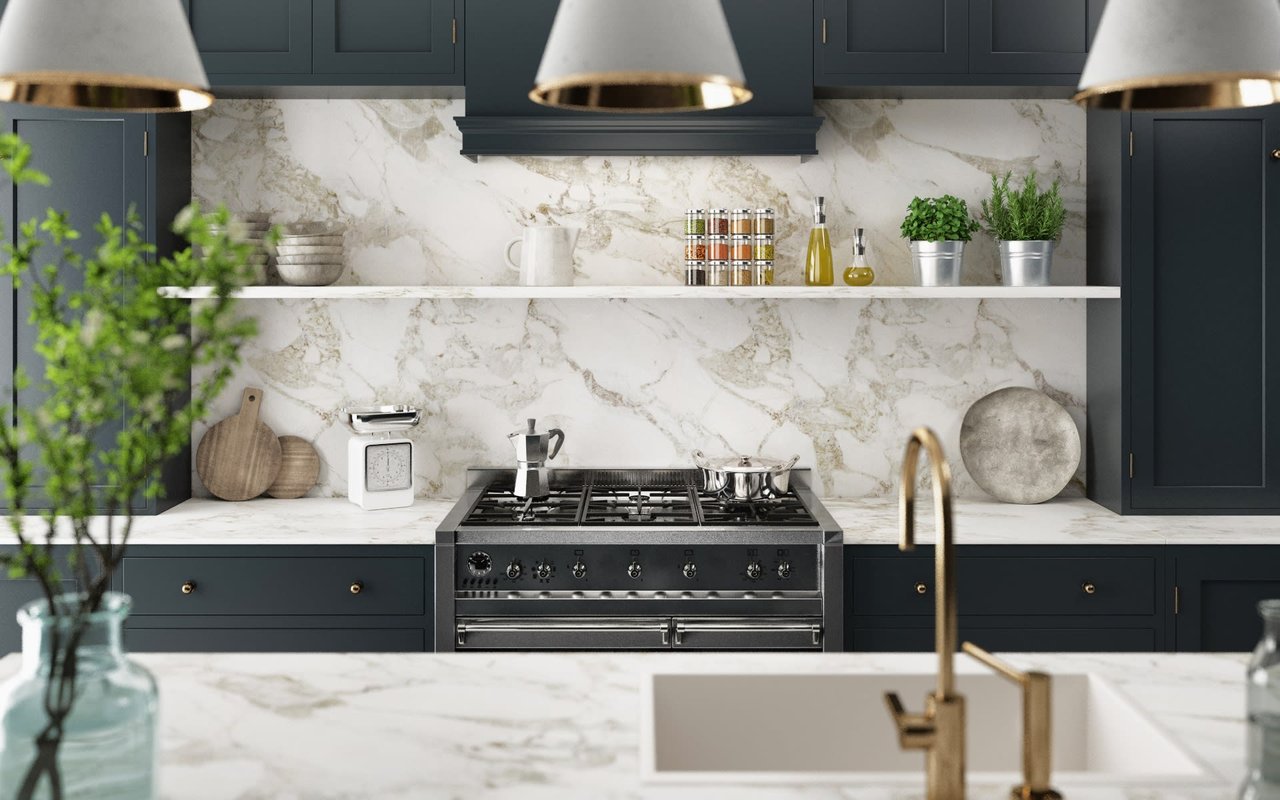You do the basic maintenance that comes with home ownership. Are you sure you are doing everything that needs to be done?
We have 8 annual maintenance tips that are easily forgotten. Following them could not only save you a lot of money but also a lot of time and trouble.
1. Salt your water softener
It’s important to salt the water softener with salt pellets or solar salt, which you can easily buy at any home maintenance store. The salt used in the tank of a water softener does not directly soften the water, it is used to regenerate the resin beads in your water softener. These actually soften the water from your well by removing the hard water ions, calcium, magnesium, and iron.
Skipping regular maintenance could cause irreversible damage which would let mineral build up inside the unit. If this would happen, you would have to replace the hot water heater.
2. Test your well water
It can be a great benefit to have your own well. Make sure to test your well water every year to prevent any health issues, since in-ground water is subject to all sorts of contaminants. Shallow wells can even require more frequent testing. Many municipalities offer free water screening. If your municipality does not offer those free water screenings, you can always send samples to a nearby lab for analysis. Keep in mind that it’s for your own health!
3. Update your disaster kit
Every household needs a disaster kit with all important essentials in case of an emergency. It could happen any time that you are without power for a few days and you would always want to be prepared. It does not take much to be prepared properly- essential supplies include a first-aid kit, a 3-day supply of nonperishable food, plenty of water, flashlights, printed maps, and a whistle.
Make sure to inspect your disaster kit once a year. Check the expiration dates of all your food, and look for broken seals, and full batteries for flashlights. Here’s a list of basic disaster supplies. It is important to have a full stock of all items on the list- you never know when a disaster might occur.
4. Know your humidity
It’s very important to know your humidity level. High humidity can cause mildew and black mold which can even cause structural damage. Humidity is an early warning sign of future problems. Make sure to check your humidity levels at least once a year with a hygrometer.
Even if the hygrometer reading shows low humidity, it can still be dangerous and cause sore throats and itchiness and eventually damage the house. It could happen that wood cracks, paint chips, and electronic devices could be permanently be damaged. Humidity levels that fall between 30 and 50 % are recommended.
5. Check for termites
One very important task is to check for termites. You should start inspecting the exterior and interior surfaces of the foundation, particularly construction where wood is on or near soil.
You could hire a pest control service and be on the safe side! A termite inspector looks for visible signs of termite infestation, including wood damage, mud tubes, discarded wings, termite exit holes, and termite droppings. Inspectors also look for moisture issues and wood-to-ground contracts that can be conducive to termite activity. An annual termite inspection is typically less than $100 and could save you thousands of dollars.
6. Take a photo
It’s always a good idea to snap a shot of your house. Take a picture of the exterior of your home in its current state. You’ll be astonished over the years, by how much your home has evolved.
7. Save 1% of the home’s value
The golden rule is to save 1% of the home’s value each year to cover any maintenance expenses to keep the home in its shipshape condition. (Example: You are purchasing a home for $250,000, you should save $2,500 each year to cover any maintenance expenses).
You should take some time and investigate your bank accounts. This can help you to stay out of a lot of financial trouble if you suddenly need a new roof, a new foundation, etc. Make sure to save the bare minimum of the recommended 1% home value because everything could go wrong when you least expect it.
8. Create a donation pile
It would be a good idea to do a deep dive into your closets, bookshelves, drawers, garage, etc., and toss or donate anything you haven’t touched in the past year. You will be surprised at how much unnecessary stuff has piled up that don’t need anymore.
Someone else would be very happy about your donation and you’ll be happy to have a lot of newly empty space.
As mentioned at Realtor.com




